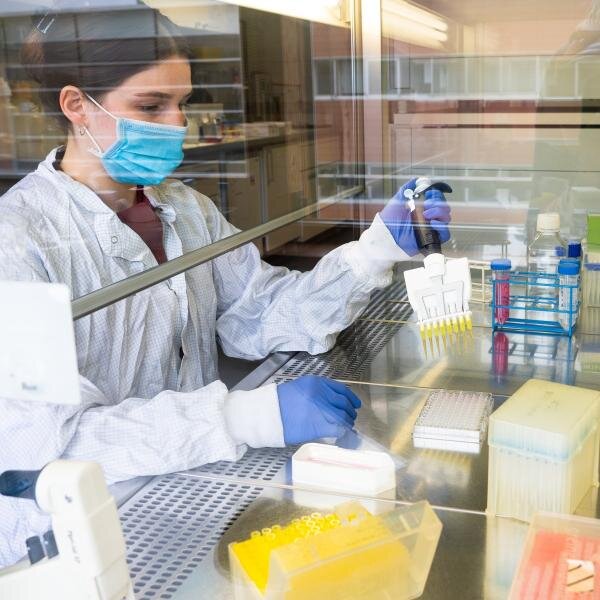DNA Extraction Protocols

The process of extracting DNA involves breaking open the bacterial cells and separating the DNA from other cellular components. There are several methods for doing this, including the following:
1. Chemical Extraction
Chemical extraction is one of the most common methods for DNA extraction. This method involves breaking open the bacterial cells using a combination of chemicals, such as sodium dodecyl sulfate (SDS) and proteinase K. These chemicals help to break down the cell walls and membranes, releasing the DNA into the solution.
The next step involves isolating the DNA from other cellular components using a series of phenol-chloroform extractions. The DNA is then precipitated out of the solution using ethanol or isopropanol.
2. Enzymatic Digestion
Enzymatic digestion is another method for DNA extraction. This method involves breaking open the bacterial cells using enzymes, such as lysozyme and lysostaphin. These enzymes break down the cell walls and membranes, releasing the DNA into the solution.
The DNA is then purified using a series of phenol-chloroform extractions and ethanol precipitation.
3. Mechanical Disruption
Mechanical disruption involves physically breaking open the bacterial cells using methods such as sonication or bead beating. This method can be useful for extracting DNA from tough bacterial strains that are resistant to chemical or enzymatic methods.
The DNA is then purified using a series of phenol-chloroform extractions and ethanol precipitation.
4. Commercial Kits
Commercial DNA extraction kits are also available for extracting DNA from bacteria. These kits typically involve a combination of chemical, enzymatic, and mechanical methods to break open the cells and isolate the DNA.
The DNA is then purified using a series of spin columns, which selectively bind the DNA and separate it from other cellular components.
Choose the Right DNA Extraction Method
When choosing a DNA extraction protocol, it's important to consider the specific needs of your experiment or research project. Different methods may be more suitable for different bacterial strains, sample sizes, or downstream applications.
For example, if you are working with a particularly tough bacterial strain, a mechanical disruption method may be more effective than a chemical or enzymatic method. On the other hand, if you are working with a large sample size, a commercial kit may be more efficient than manual extraction methods.
Keywords: DNA Extraction Protocols
In conclusion, DNA extraction protocols are an essential component of molecular biology research. Whether you choose a chemical, enzymatic, mechanical, or commercial method, it's important to select a protocol that is suitable for your specific needs. With careful consideration and attention to detail, you can extract high-quality DNA from bacteria for use in a wide range of applications.